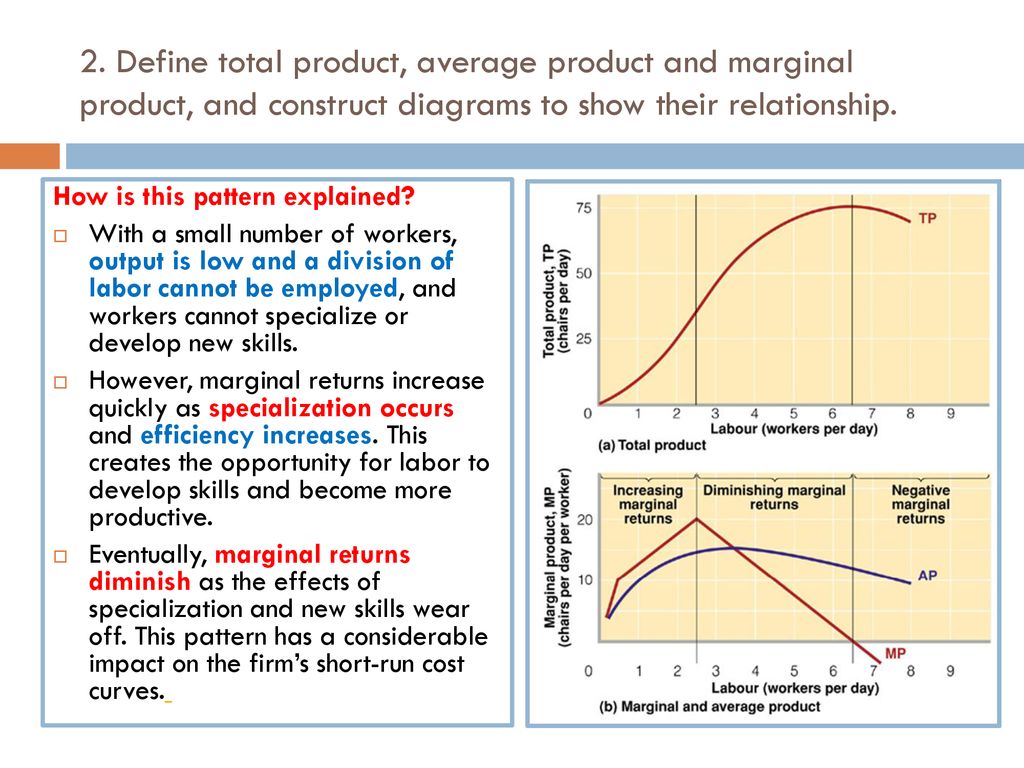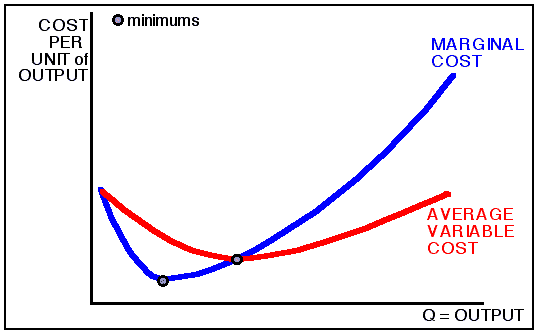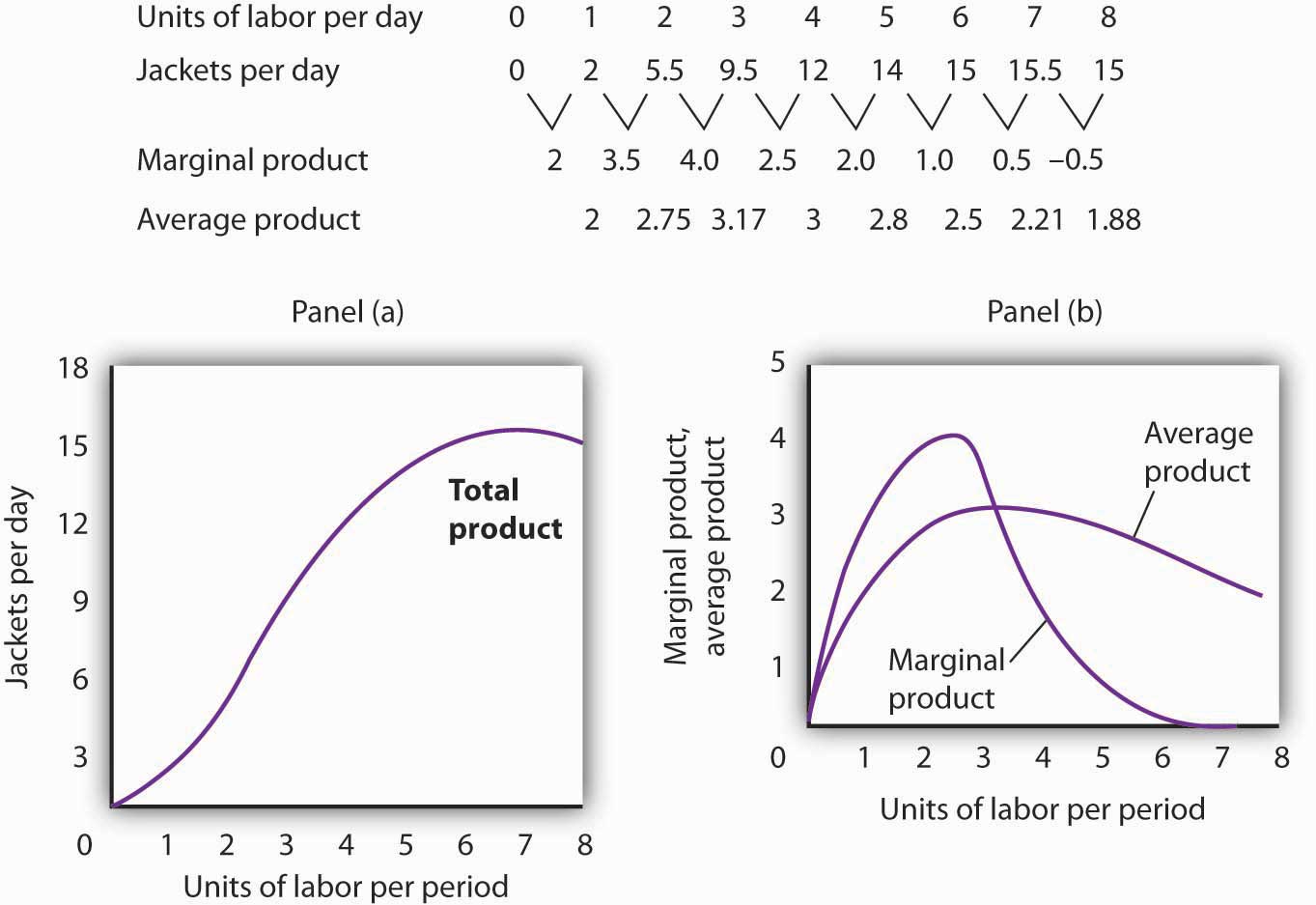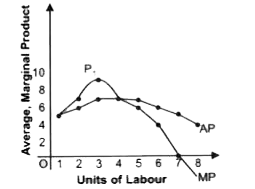The average product and marginal product are both economic concepts that are used to analyze the production function of a firm. They are closely related, but they differ in their focus and the information they provide about the firm's production process. Understanding the difference between average product and marginal product can help firms make more informed decisions about how to allocate their resources and increase their efficiency.
The average product, also known as the average product of labor, is a measure of the average output per unit of input. It is calculated by dividing the total output by the number of units of input used in the production process. For example, if a firm produces 100 units of a product using 10 units of labor, the average product of labor would be 10 units of output per unit of labor.
The marginal product, on the other hand, is the change in output that results from a one-unit increase in an input. It represents the additional output that is produced as a result of adding one more unit of an input, such as labor or capital. For example, if a firm produces 100 units of a product using 10 units of labor and then produces 110 units of the product using 11 units of labor, the marginal product of labor would be the difference in output between the two production levels, or 10 units.
One key difference between average product and marginal product is that the average product represents the overall efficiency of the production process, while the marginal product represents the change in efficiency that results from a change in the level of an input. The average product is a measure of the average efficiency of the production process, while the marginal product is a measure of the change in efficiency that occurs as the level of an input changes.
Another difference is that the average product decreases as the level of an input increases, while the marginal product may increase, decrease, or remain constant depending on the specific production function. For example, as a firm increases the number of units of labor it uses in the production process, the average product of labor will initially increase but will eventually begin to decrease as the law of diminishing returns takes effect. The marginal product of labor, on the other hand, may increase at first but will eventually begin to decrease as the law of diminishing returns takes effect.
In conclusion, the average product and marginal product are important economic concepts that provide insight into the production function of a firm. Understanding the difference between these two measures can help firms make informed decisions about how to allocate their resources and increase their efficiency.






